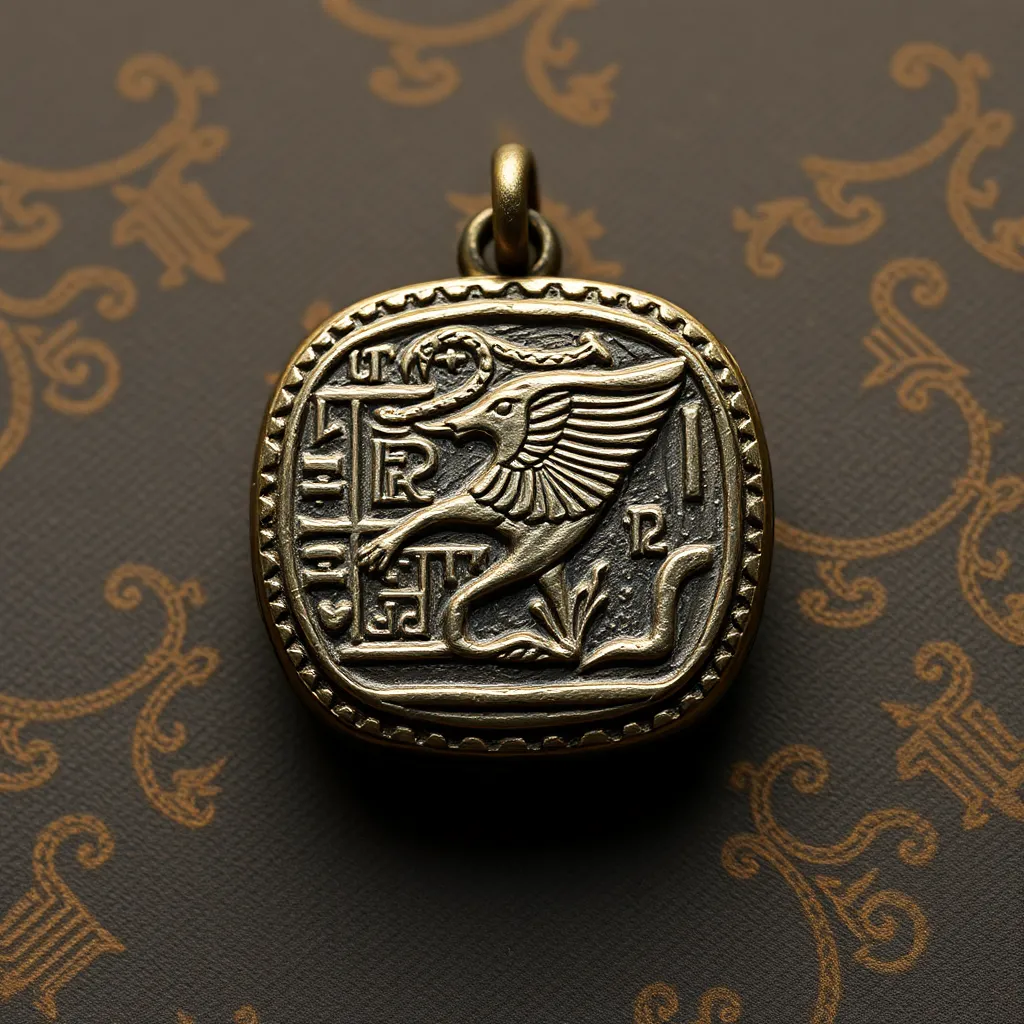Understanding the Hieroglyphs on Egyptian Amulets
I. Introduction
Egyptian amulets are small objects believed to possess protective and magical properties, often worn or carried by individuals in ancient Egypt. These artifacts played a crucial role in the daily lives and religious practices of Egyptians, symbolizing their beliefs and aspirations.
Hieroglyphs, the intricate writing system of ancient Egypt, hold great significance within this cultural context. They were not only a means of communication but also a way to invoke the divine and protect the wearer. This article aims to explore the rich symbolism of hieroglyphs found on Egyptian amulets, shedding light on their meanings and importance in ancient Egyptian society.
II. Historical Context of Egyptian Amulets
The practice of using amulets in ancient Egypt can be traced back to the prehistoric period, evolving significantly over time as religious beliefs and societal customs changed. Initially, amulets were simple objects made from natural materials, but as civilization advanced, they became more intricate and decorative, often crafted from metals and gemstones.
Amulets were integral to daily life and religious practices, offering protection against evil spirits and misfortune. Individuals wore or carried them for various reasons, including health, fertility, and safe passage to the afterlife. The connection between amulets and the afterlife was particularly strong, as many were designed to accompany the deceased in their journey beyond death, ensuring safe passage and favor from the gods.
III. Overview of Hieroglyphs
Hieroglyphs are a complex writing system that combines logographic and alphabetic elements, consisting of over 700 symbols. Each hieroglyph can represent sounds, words, or concepts, making it a versatile means of communication.
- Phonetic Hieroglyphs: These represent sounds and can be combined to form words.
- Logographic Hieroglyphs: These represent entire words or ideas.
- Determinative Hieroglyphs: These provide context to words, indicating their meanings without being pronounced.
The significance of hieroglyphs extends beyond mere communication; they were believed to have magical properties, serving as a bridge between the earthly and divine realms.
IV. Common Hieroglyphs Found on Amulets
Many hieroglyphs frequently appeared on amulets, each carrying specific meanings and symbolism:
- Ankh (☥): A symbol of life and immortality, often associated with the gods.
- Eye of Horus (𓂀): A symbol of protection, royal power, and good health.
- Scarabs (𓆣): Representing transformation and rebirth, associated with the sun god Ra.
- Lotus (𓆼): Symbolizing purity and creation, often connected to the sun and rebirth.
Examples of amulets featuring these hieroglyphs include the ankh amulet worn for protection and the scarab amulet placed in tombs to ensure rebirth.
V. The Purpose of Hieroglyphs on Amulets
Hieroglyphs inscribed on amulets served multiple purposes:
- Protective Qualities: Many believed that the presence of hieroglyphs could ward off evil spirits and misfortune.
- Messages and Prayers: Some amulets featured inscriptions that conveyed specific prayers or messages to the gods, seeking their favor.
- Invoking Divine Favor: The careful selection of hieroglyphs was thought to invoke divine protection and blessings.
VI. Decoding the Hieroglyphs: Techniques and Tools
Egyptologists employ various methods to translate hieroglyphs, often utilizing comparative analysis of known inscriptions and historical context. Key techniques include:
- Contextual Analysis: Understanding the context in which hieroglyphs were used to derive meanings.
- Transliteration: Converting hieroglyphs into phonetic symbols to aid pronunciation and understanding.
- Pattern Recognition: Identifying recurring symbols and their meanings based on established knowledge.
For amateur enthusiasts, resources such as hieroglyphic dictionaries, online courses, and workshops can provide valuable insights. However, challenges remain, including the ambiguity of certain symbols and the evolution of language over time.
VII. Case Studies: Notable Amulets and Their Inscriptions
Several notable Egyptian amulets have been discovered, each with unique inscriptions and historical significance. For example:
- The Golden Scarab of Tutankhamun: This amulet features hieroglyphs that symbolize rebirth and protection for the young pharaoh in the afterlife.
- The Heart Scarab: Often placed on mummies, this amulet contains inscriptions intended to ensure the heart’s protection during judgment.
These amulets not only showcase the artistry of ancient Egyptian craftsmanship but also reveal the religious beliefs and practices surrounding death and the afterlife.
VIII. Conclusion
Understanding the hieroglyphs on Egyptian amulets is essential for appreciating the depth of ancient Egyptian culture and beliefs. These inscriptions provide insight into the values, fears, and aspirations of a civilization that has captivated the world for millennia.
The legacy of Egyptian amulets continues to resonate in modern culture, inspiring art, literature, and spiritual practices. We invite readers to further explore the fascinating world of ancient Egyptian artifacts, uncovering the mysteries and meanings behind these timeless symbols.




